Whitby
OS grid reference:- NZ 893 109
The coastal town of Whitby faces the North Sea and is set in a deep ravine at the mouth of the River Esk, it is one of North-east Yorkshire's most popular seaside towns and has much to offer the visitor.
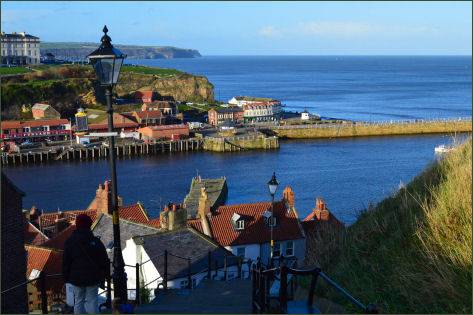
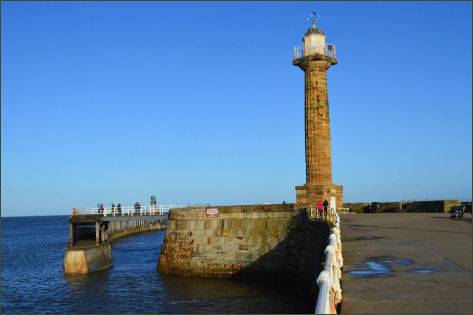
The earliest mention of a permanent settlement at Whitby occurs in 656, when, then known as 'Streanęshalc', it was recorded that Oswy, king of Northumbria, founded the first abbey there. Streoneshalch was laid waste by the Vikings in successive raids between 867 and 870 under Ingwar and Ubba and remained desolate for more than 200 years. In the late eleventh century. Reinfrid, a soldier monk came to Whitby with orders to rebuild the abbey from his protector, the Norman William de Percy. The abbey continued as a place of monastic life until the Dissolution of the Monasteries by Henry VIII. Though the abbey fell into ruin, it remained a prominent landmark for sailors.
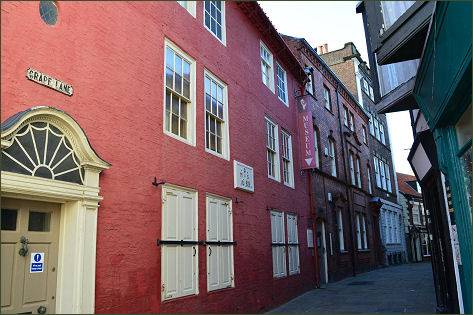
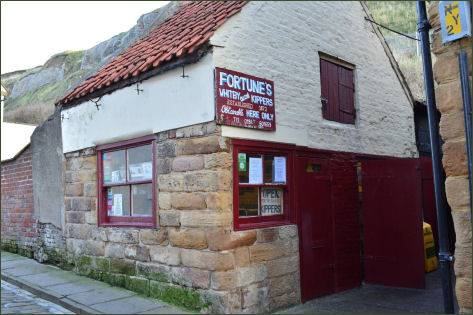
With its narrow cobbled lanes and streets leading to a the busy, characterful harbour, fishing trawlers sailing past, lifeboat cruises, and pubs jostling for position alongside lively bars, Whitby is a town of endless charm and surprising contrasts. the harbour has small shops filled with crafts, curios, and antiques. It was from here that the eighteenth century explorer and voyager Captain James Cook (1728-1779) set sail in the Bark Endeavour. The Whitby Museum features the life story of Captain Cook, while his former home is now the Captain Cook Memorial Museum.
Whitby Sands, stretching west from the harbour mouth, offers donkey rides, ice cream vendors and bucket-and-spade holidays. The beach can be reached from West Cliff via the cliff lift , an elevator that has been in service since 1931. Atop the cliff at the beach's east end, the Captain Cook Monument depicts the great explorer looking out to sea. Nearby is the Whalebone Arch, which recalls Whitby's time as a booming whaling port. Several bridges have spanned the River Esk at Whitby. The current bridge, built in 1908, is a swing bridge with a 75-foot span that separates the upper and lower harbours.
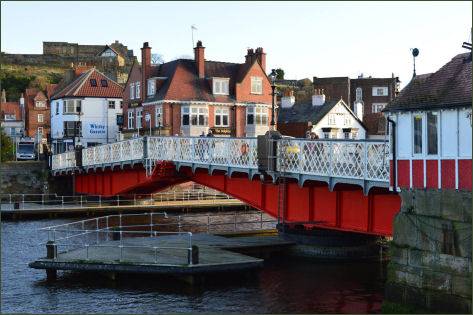
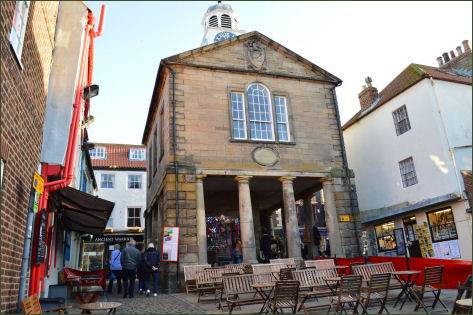
Whitby's skyline is dominated by the haunting ruins of St. Hilda's Abbey, standing stark against the skyline high on on the East Cliff. The abbey was founded in 651AD, by Oswy, king of Northumbria. He appointed Hilda, the abbess of Hartlepool Abbey and the grand-niece of Edwin the first Christian king of Northumbria, as its first abbess. The double monastery of monks and nuns was home to the great Northumbrian poet Cędmon.
Pannett Park is situated just at the edge of the town centre. The well maintained park boasts superb views and offers a state of the art children's play area and a wide variety of planting schemes. The Park contains a lily pool, woodland area, rose gardens, a wild plant bank, more formal planting and one of the very few floral clocks in the country.
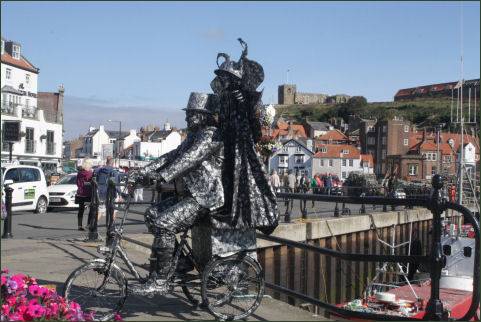
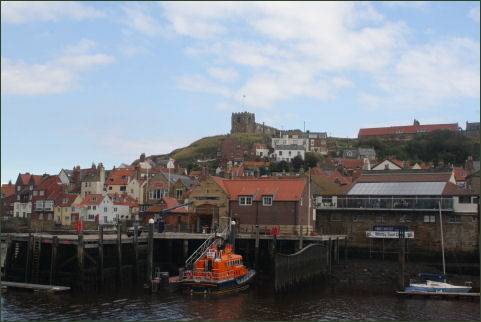
Whitby Museum, in Pannett Park, is operated by the Whitby Literary & Philosophical Society, houses many major collections including archaeology, social history, ceramics, Captain James Cook, fossils, paintings, photographs, militaria and toys & dolls. Adjoining the museum, the Art Gallery was gifted to the town by Alderman Pannett. It houses two permanent collections and changing exhibitions. Admission is free.
St. Mary's Church
The parish church of St. Mary stands in a dramatic position high on Whitby's East Cliff, from where it overlooks the town and the mouth of the River Esk below. A flight of 199 steps lead up the hill to the church and Whitby Abbey from the streets below. The church was founded in Norman times but has been much altered since then.
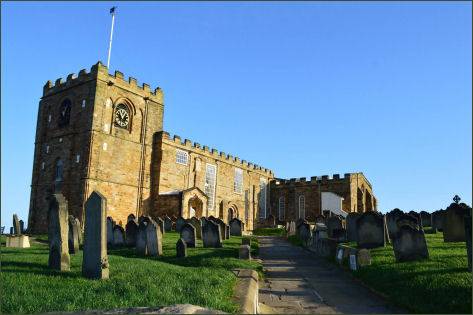
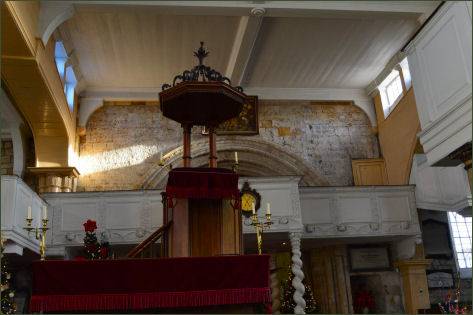
More on St. Mary's Church, Whitby
